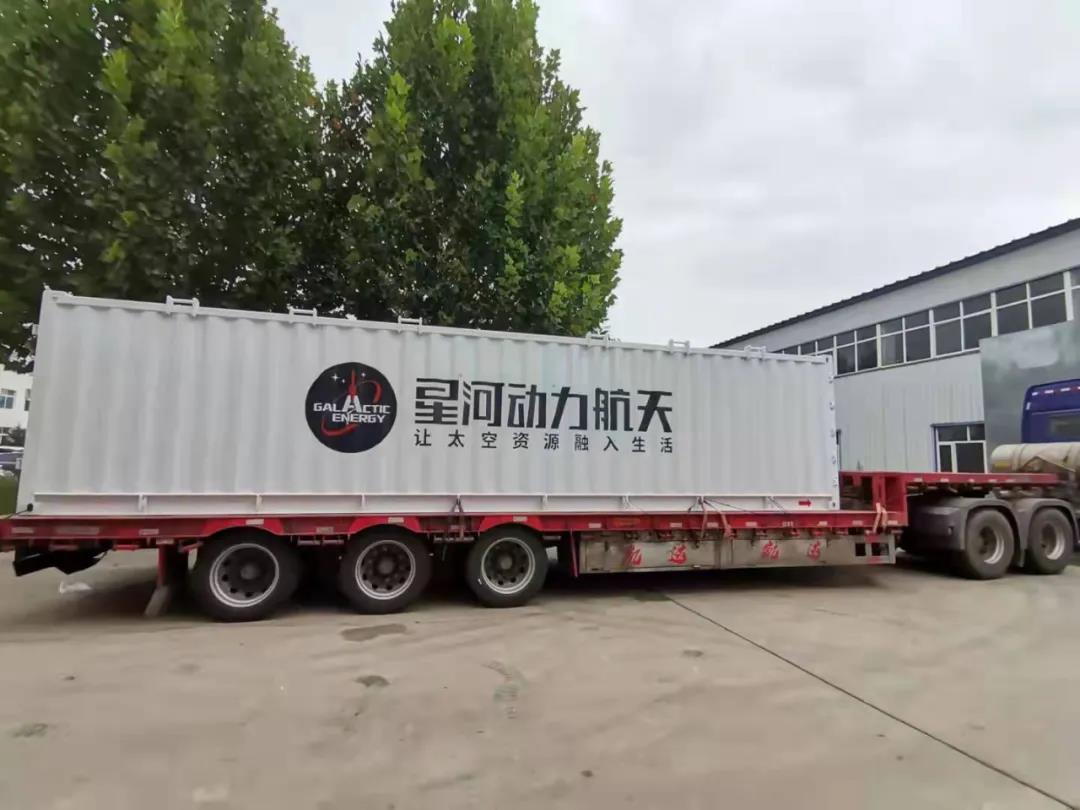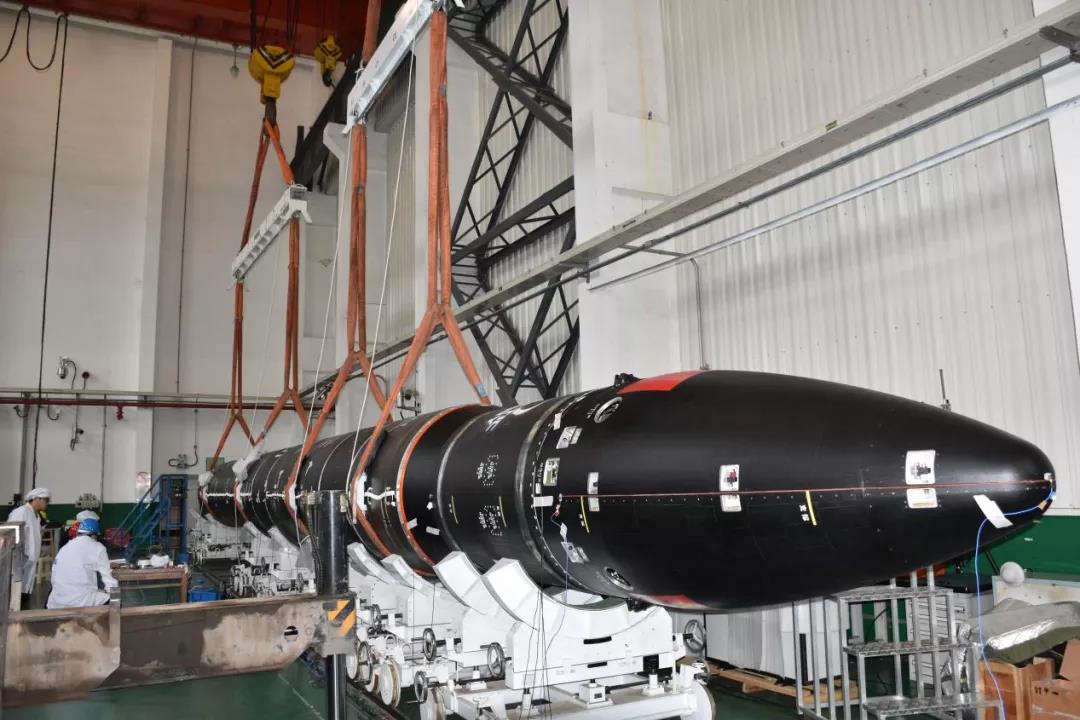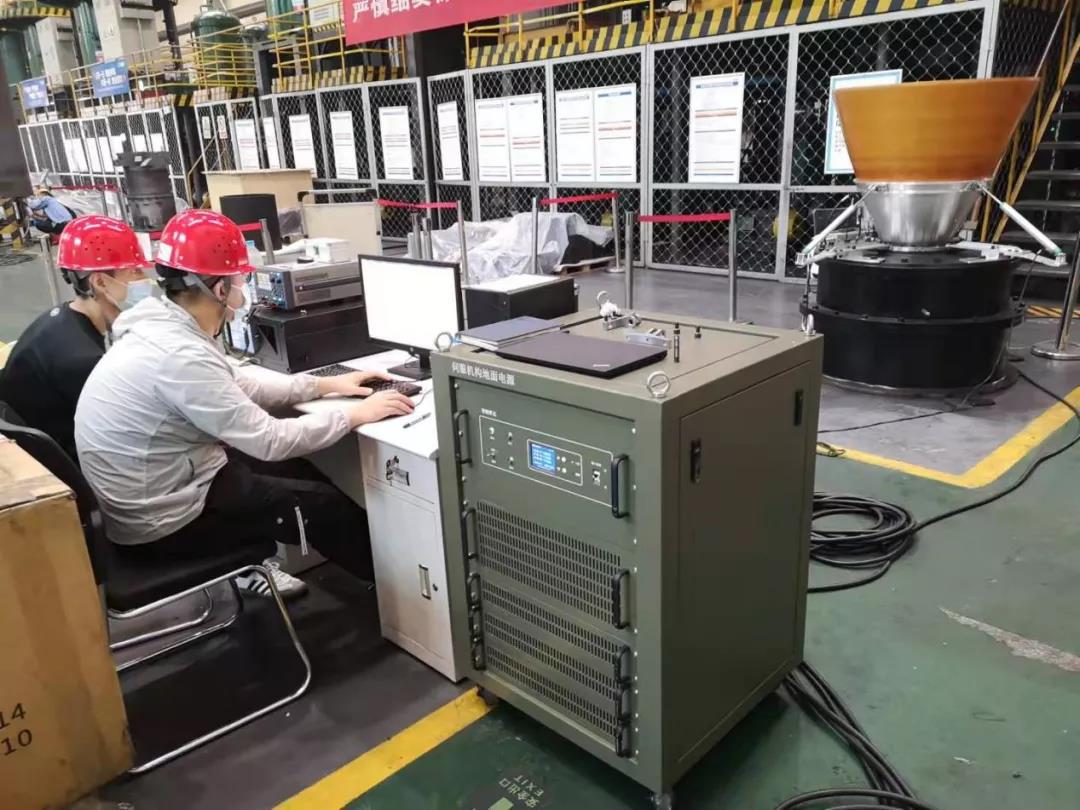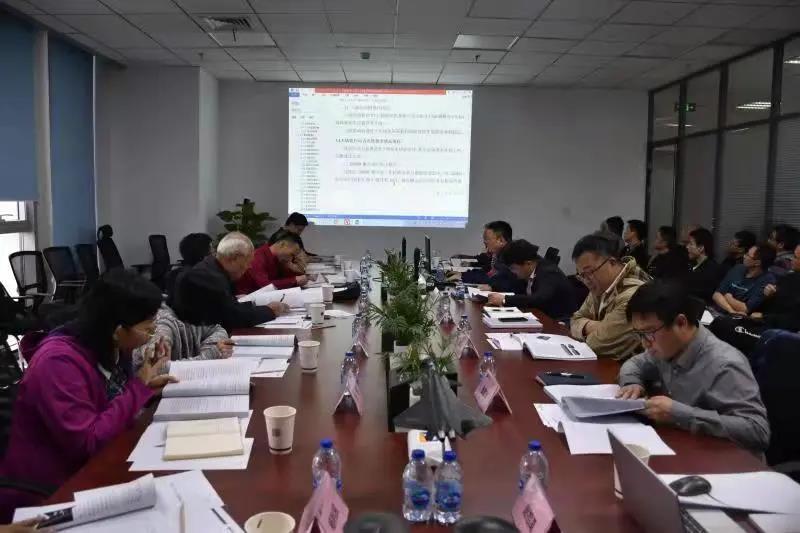On November 7, 2020, the maiden flight of the independently-developed Ceres-1 launch vehicle of Galactic Energy was successfully completed, putting the "Sky Quest Constellation Satellite-11#" into the scheduled orbit precisely. Galactic Energy became the first private rocket company in China to successfully enter the 500km sun-synchronous orbit.
One year later, Galactic Energy Space Company further improved the performance of the Ceres-1(Remote 2) rocket through minor technical iterations and optimization, and passed the corresponding reliability growth test, based on the full inheritance of the technical state of the Ceres-1 (Remote I) rocket.
At present, the Ceres-1((Remote 2) launch vehicle has successfully completed a series of ground tests to improve product reliability, including the joint test of the second stage solid engine and servo, the thermal test of the third stage solid engine, the 1080s long range high mode test of the fourth stage 2000N liquid engine, the semi-system test of the orbital attitude control power system and the transportation test, and completed all the work of the assembly and general test.

Figure | Ceres-1 (Remote 2) factory transfer
Compared with the technical state of Ceres-1 (remote I), the second stage engine shell of Ceres-1 (remote 2) was upgraded from metal to carbon fiber composite material, the third stage engine further optimized its performance, and the optimized improvement of the two stages improved the engine mass ratio, total impulse and other performance, and the total arrow carrying capacity was further improved. Both the second-stage solid engine and the third-stage solid engine have passed the ground thermal test.
Figure | Second stage engine test
Figure | Third stage engine test
The XHBJ-1 orbital attitude control power system provides attitude control for the first, second and third stages of the Ceres-1 (remote 2) rocket, and is also responsible for the acceleration and de-orbit passivation of the upper stage. The 2000N orbital control engine works continuously for not less than 600s to provide stable and continuous thrust for the upper stage and put the satellite into the intended orbit. The 2000N engine vacuum specific impulse and thrust were further optimized and upgraded by the Ceres-1 (remote 2) rocket, which passed the 2000N engine 1080s long range high mode test, further verified and assessed the engine performance and structure at high altitude, accumulated reliability data, and provided technical guarantee for the success of the Ceres-1 (remote 2)mission.
Figure | 2000N engine high-mode test vehicle
On the basis of the modal test of Gujin-1(remote 2)rocket, in order to further improve the accuracy of the prediction of the modal parameters of remote 2 rocket, the full-arrow modal test of Ceres-1 (remote 2) was carried out. 7 random excitation tests and 3 pure modal tests were carried out, and all the measured parameters specified in the outline were obtained. After data comparison and analysis, the test vibration patterns matched well with the predicted results, and the measured modal frequencies were distributed between the upper and lower limits of the predicted results, which verified the correctness of the design model and provided a basis for further revision of the design model.

Figure | Full-rocket modal test
Around the Ceres-1 (remote 2)rocket mission, Galactic Energy completed the semi-physical simulation of more than 1000 ballistic trajectories, with a total real-time flight time of over 1 million seconds, and successfully completed the comprehensive testing of the key software and equipment performance of the control system, which provided a solid guarantee for the success of the(remote 2) flight test.

Photo| Semi-physical simulation photo of Galactic Energy
The Ceres-1 (remote 2) rocket passed the company-level production readiness review and started final assembly in August 2021. All the instruments and cables on the rocket passed the rocket system test, verifying the quality of the rocket's final assembly. A total of 15,392 photos and 48 camera segments were taken during the final assembly of the remote 2 rocket. The filming elements were complete and the items were clear, ensuring traceability of all operations in the assembly process. The clear and complete final assembly and general test process and reliable production quality of the remote two rocket provide a strong guarantee for the success of the remote two flight test.
In October 2021, the Ceres-1 ( remote 2) rocket passed the factory evaluation and was transferred to the Jiuquan Satellite Launch Center, where it will be launched in the near future as a multi-satellite rocket.

Photo | Vulcain Star-1 (Remote 2) factory evaluation meeting